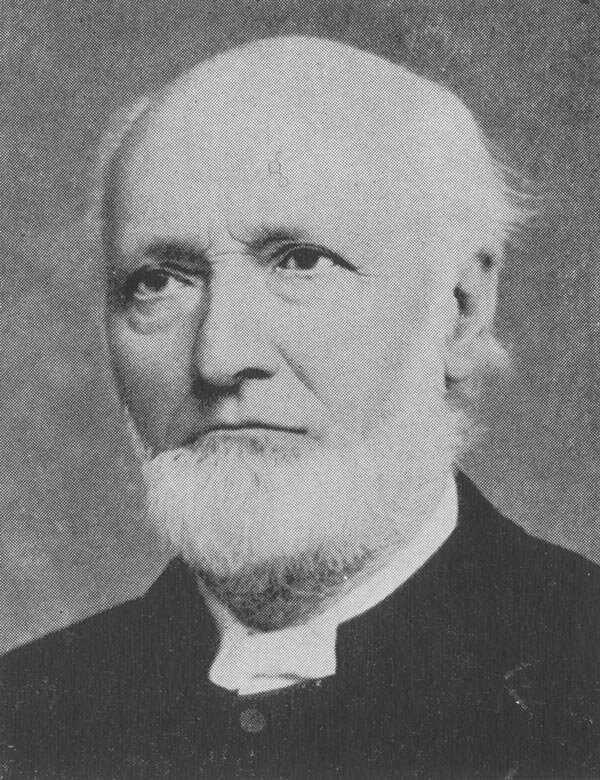
Rev. Thomas J. Herron made a persuasive case for dating the 1st Epistle of Clement to before the destruction of the Second Temple in 70 AD.[1] The importance of this finding stresses an extremely early exposition of the authority of Rome. If the chronology is correct, Clement would have written his epistle before being made Bishop of Rome, adding an even greater understanding of early Christians who knew the apostles that the Roman church played a significant role in ecclesial affairs.
Philip Schaff, the Protestant historian, writes:
The first example of the exercise of a sort of papal authority is found towards the close of the first century in the letter of the Roman bishop Clement (d. 102) to the bereaved and distracted church of Corinth. This epistle, full of beautiful exhortations to harmony, love, and humility, was sent, as the very address shows, not in the bishop’s own name, which is not mentioned at all, but in that of the Roman congregation, which speaks always in the first person plural. It was a service of love, proffered by one church to another in time of need. Similar letters of instruction, warning and comfort were written to other congregations by Ignatius, Polycarp, Dionysius of Corinth, Irenaeus. Nevertheless it can hardly be denied that the document reveals the sense of a certain superiority over all ordinary congregations. The Roman church here, without being asked (as far as appears), gives advice, with superior administrative wisdom, to an important church in the East, dispatches messengers to her, and exhorts her to order and unity in a tone of calm dignity and authority, as the organ of God and the Holy Spirit. This is all the more surprising if St. John, as is probable, was then still living in Ephesus, which was nearer to Corinth than Rome. The hierarchical spirit arose from the domineering spirit of the Roman church, rather than the Roman bishop or the presbyters who were simply the organs of the people. But a century later the bishop of Rome was substituted for the church of Rome, when Victor in his own name excommunicated the churches of Asia Minor for a trifling difference of ritual. From this hierarchical assumption there was only one step towards the papal absolutism of a Leo and Hildebrand, and this found its ultimate doctrinal climax in the Vatican dogma of papal infallibility.[2]
Although a cohesive understanding of the role of the Papacy would take time to develop, even in the first century Christians looked to Rome due to its relation with Peter and Paul.
[1] Thomas J. Herron, Clement and the Early Church of Rome: On the Dating of Clement’s First Epistle to the Corinthians (Steubenville: Emmaus Road Publishing, 2010).

Leave a Reply
You must be logged in to post a comment.